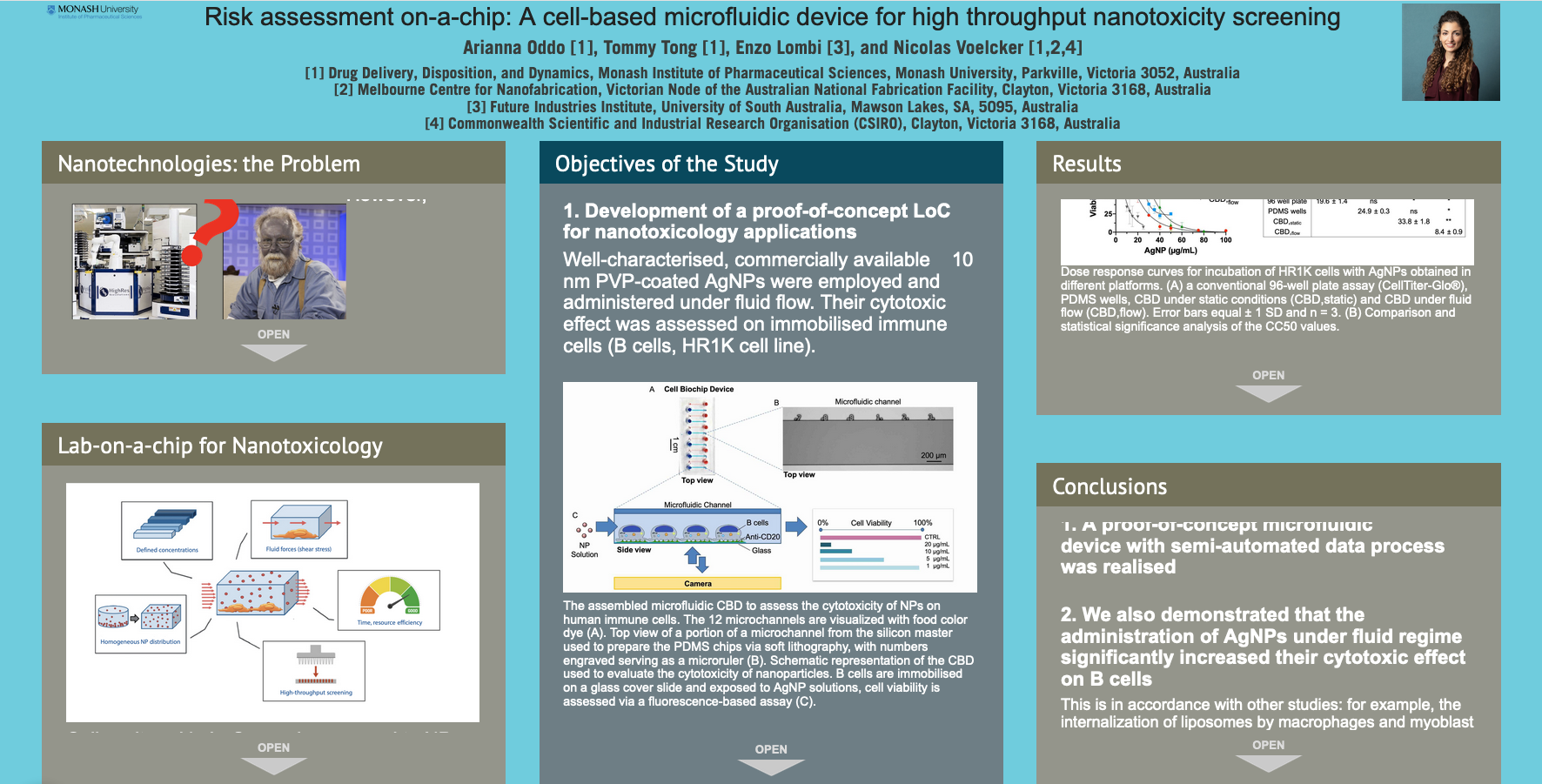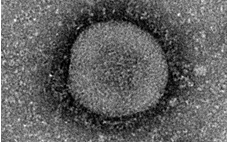Congrats to Arianna for being the recipient of an EMBL Advanced Training Centre Corporate Partnership Programme fellowship
Arianna has recently presented a iPoster at the virtual EMBL Conference (Microfluidics: Designing the Next Wave of Biological Inquiry) online and has been awarded a fellowship. “It was a nice experience to have an iPoster and it was nice to see people engaging and chatting over slack despite the different time zones”, said Arianna.
https://emblmicrofluids-embl.ipostersessions.com/Default.aspx?s=embl_microfluids_2020_gallery
Microfluidic platform for the identification of microorganisms that produce
metabolites with biological activity
Nanomaterials are widely used in industrial and clinical settings due to their unique physical and chemical properties. However, public health and environmental concerns have emerged due to their potentially unwanted and hidden toxicity. This paper presents the development of a microfluidic-based cell biochip device, suitable for high throughput assessment of the toxicity of engineered nanomaterials on human cells. The biochip enables the administration of nanoparticles under laminar flow to cells of the immune system. The exposure of human B lymphocytes to 10 nm polyvinylpyrrolidone-coated silver nanoparticles under fluid flow led to a 3-fold increase in toxicity compared to static conditions, possibly indicating enhanced cell-nanoparticle interactions. To investigate whether the administration under flow was the main contributing factor, we compared the cytotoxic effect of nanoparticles in different platforms, including the conventional well plate format and in-house fabricated microfluidic devices under both static and dynamic flow conditions. Our results suggest that commonly employed static platforms might not be well-suited to perform toxicological screening of nanomaterials and may lead to an underestimation of cytotoxic responses, as they neglect the nature of blood cells, which are constantly exposed to shear stress inside blood vessels. The simplicity of the developed flow system, which relies on fluorescence imaging and semi-automated data analysis, makes this setup a valuable tool for preliminary screening of nanomaterials and nanomedicines at the early development stage. We also observed that cytotoxic effects in cell culture media increase with post-exposure time, suggesting that preliminary in vitro testing should closely monitor the potential enhancement in cell death after exposure to nanoparticles.






